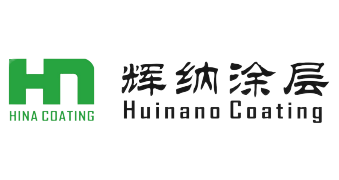PVD plating is more expensive than water plating, so why are medical device manufacturers increasingly using PVD coating? Because PVD coating can provide more beautiful appearance and functional advantages.
Physical vapor deposition (PVD) is a vacuum coating process that was first used to improve the hardness, wear resistance, and service life of cutting tools. Tool life with PVD coating is 10 times longer than that without coating.
Because PVD coatings provide better edge retention, prevent oxidation and corrosion, remain clear during cutting, and do not react with bone, tissue or body fluids, they are increasingly used in medical devices, such as sharp surgical instruments, needles, drills, jammers, various device components, and "wear" parts for dental applications.
Medical devices commonly used PVD coating there are several?
There are four kinds. The most commonly used is titanium nitride (TiN), a gold coating with a thickness range of 0.0001 to 0.0002 inches and a Vickers hardness range of 2,400 to 2,600HV.
Next is aluminum-titanium nitride (AlTiN), coated in a carbon black color with a thickness range of 0.0001 to 0.0002 inches and a hardness range of 4,000 to 4,200 HV.
Chrome nitride (CrN, silver coating, thickness range 0.0001 to 0.0005 inches, hardness range 2,200 to 2,400HV.
Alpha is a multilayer coating with a top layer of zirconium nitride (ZrN) and produces silver-gold. It ranges in thickness from 0.0001 to 0.0002 inches and has a maximum hardness of 4,400 to 4,600 HV.
Which medical materials are they used for?
Common 303, 440C and 17-4 stainless steel, titanium alloy and some tool steels are not suitable for aluminum because the temperature of the PVD coating process (500℃) is close to the melting point of aluminum.
Does this heat affect the material?
To minimize the possible effect of changing the hardness of the material or causing the component to deform (shrink or grow), it is generally recommended that thermal components be tempered at 580 ° C to 510 ° C before coating.
What are the advantages of PVD over CVD?
The process requires a lower temperature, no secondary heat treatment after coating, and maintain the finish of the surface of the original material, no need to polish again.
What are the advantages of PVD over anodic oxidation?
Better wear, longer color, simply better looking, more durable.
